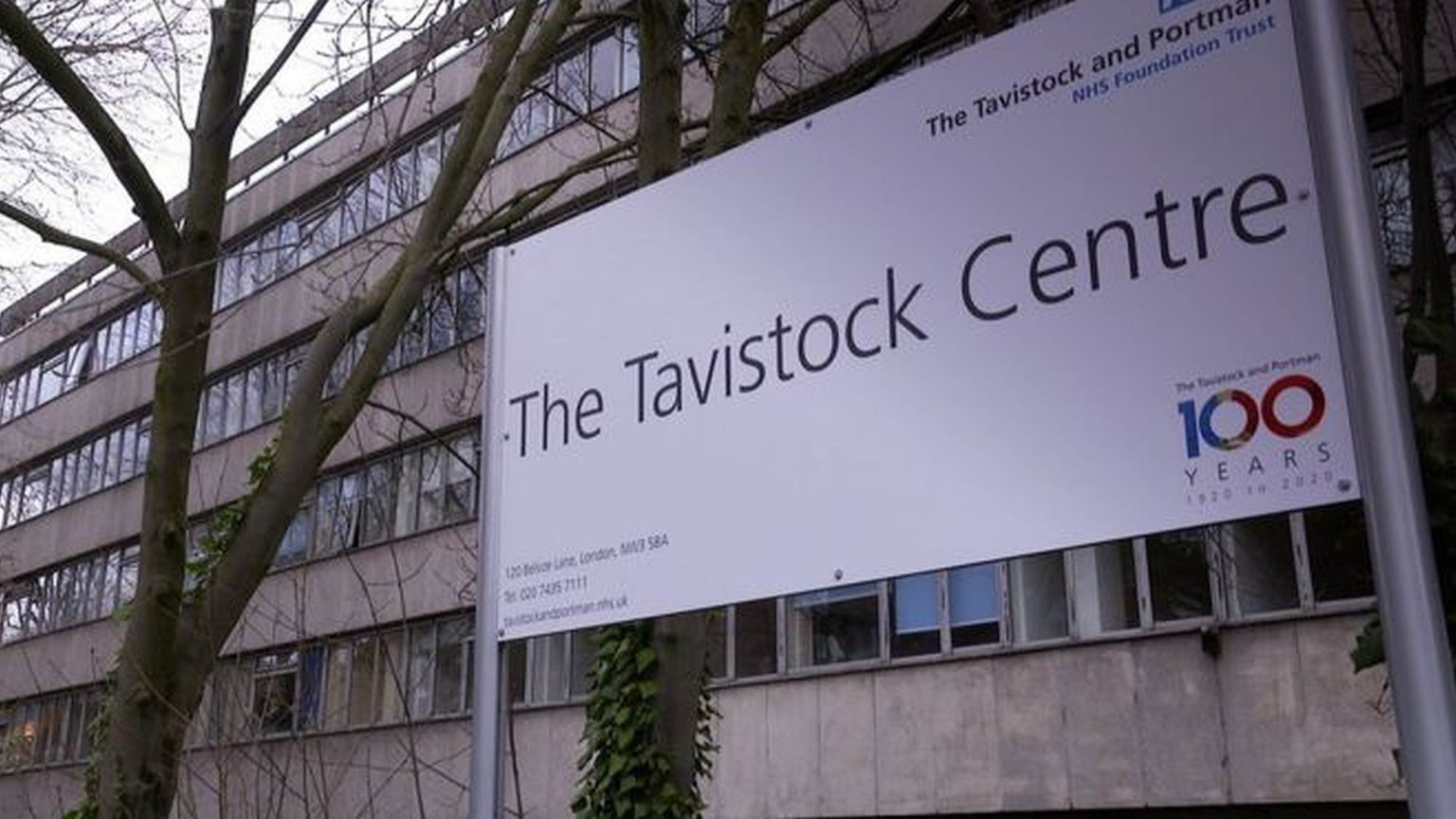Time to Think: how the Tavistock harmed children
Hannah Barnes’ book uncovers the terrifying lack of evidence behind so much ‘gender affirming’ treatment.

Want to read spiked ad-free? Become a spiked supporter.
‘Are we hurting children?’ That is the question that underpins Hannah Barnes’ new book on the rise and collapse of the Tavistock’s Gender Identity Development Service (GIDS), the UK’s only specialist clinic for children experiencing gender dysphoria. GIDS is closing this spring following the findings of NHS England’s interim Cass Review last year. Time to Think aims to give us the answers as to why this has happened – and it delivers.
Barnes interviewed a huge range of people for Time to Think: The Inside Story of the Collapse of the Tavistock’s Gender Service for Children. In doing so, she has attempted that difficult and brave thing: to try to achieve some balance on the question of transgenderism, in particular when it comes to the treatment of children struggling with their gender. All too often today, to simply ask questions around this topic is to invite the charge of transphobia.
As the book’s timeline of GIDS shows, the programme may well have started out with the best of intentions, but it was bent out of shape along the way by internal and external forces. Established in 1989, it was set up to help children who were questioning their gender. The intake in the early years was small, mostly made up of boys who felt like they were girls. Over the years, several things happened. One was that the clinic began to see an exponential increase in kids presenting with gender issues. At the same time, the demographics changed. Suddenly, there were far more girls feeling like they were transgender looking for appointments. The children also became much more aggressive in demanding treatment, as did their parents in many cases. They expected minimal discussion before proceeding to medical intervention.
The most common first step in this treatment is puberty blockers, which most trans activists insist have only temporary effects and are reversible. The idea is that if blockers are stopped, normal puberty should resume. The evidence for this claim is poor at best. As Barnes points out, this idea is based on children who have been treated with puberty blockers for ‘precocious puberty’ – when a child begins to go through physical adolescence at an abnormally young age. There are still a lot of unanswered questions about what taking this medication might do to children who identify as trans, the vast majority of whom would otherwise experience puberty in a normal way.
This is something Time to Think illustrates time and again – that the research around ‘gender affirming’ treatment and its outcomes remains thin and often shoddy. Despite this, trans activists will claim to have science on their side. They will often resort to hyperbole, claiming that any denial or delay of treatment is tantamount to a death sentence. Often the data are outright misrepresented by activists. This filters into clinical practice, too. Over the past 30-odd years, interventions have sometimes been taken as proven to work based on a single case study.
As GIDS became overwhelmed by more children with gender issues than it could handle, several clinicians who worked there began to question some of its practices. One alleged exchange in Time to Think is harrowing. One GIDS doctor reportedly asks another, ‘What if it’s not right to put young people – 10-year-olds – on puberty blockers?’. The other doctor responds: ‘It is mad.’
While the history of GIDS is the meat of the book, the many chapters that focus on the first-hand experiences of GIDS patients are what make the book sing. They include people who transitioned to another gender and remain happy with the change, as well as detransitioners – ie, people who changed their gender through medical intervention, came to regret the move and then decided to live as their original, biological sex once again.
There are heartbreaking moments throughout these recollections. One that particularly got to me was of a boy who was experiencing crippling obsessive compulsive disorder and other psychological issues at the same time as he was talking to GIDS about transitioning. Even those who are happy about having transitioned still have huge questions about the methods employed at the Tavistock. As one put it, ‘I would have had surgery at 13! But obviously, now what I say to people is that the rules are there for a reason. Detransitioning is a thing.’
What becomes clear throughout Time to Think is that we need to treat gender dysphoria as a medical phenomenon and base treatment on much better evidence than we currently have. We need to stop treating any questioning of gender-affirming treatment as a form of hate-think. Time to Think reminds us that ‘Are we hurting children?’ is always a vital question to ask, whatever the situation. I strongly recommend you read this book cover to cover.
Time to Think: The Inside Story of the Collapse of the Tavistock’s Gender Service for Children, by Hannah Barnes, is published by Swift Press. Order it here.
Nick Tyrone is a journalist, author and think-tanker. His latest novel, The Patient, is out now.
Picture by: Getty.
Who funds spiked? You do
We are funded by you. And in this era of cancel culture and advertiser boycotts, we rely on your donations more than ever. Seventy per cent of our revenue comes from our readers’ donations – the vast majority giving just £5 per month. If you make a regular donation – of £5 a month or £50 a year – you can become a and enjoy:
–Ad-free reading
–Exclusive events
–Access to our comments section
It’s the best way to keep spiked going – and growing. Thank you!








Comments
Want to join the conversation?
Only spiked supporters and patrons, who donate regularly to us, can comment on our articles.